Jeans and a T-shirt make up about 85% of my wardrobe. Denim is comfortable; it can be dressed up or down and is durable. Denim may be a wardrobe staple for most of us but it can be intimidating to work with. Here are a few tips and tricks to make sewing denim stress-free.
Getting Your Fabric Ready
Don't skip the pre-wash, especially when it comes to denim! Pre-washing your fabric is especially important when working with denim because it will soften the fabric. Since denim is thick, the softening makes it easier to work with. I usually wash my denim twice without anything else in the wash. Pre-washing denim softens it, removes the extra dye, and prevents shrinking on your finished project. Many suggest adding vinegar to the rinse to prevent the dye from bleeding. You can find hundreds of articles online on why you should and shouldn’t.
Machine Setup
Denim is heavier than traditional cotton or cotton blend fabrics. Increasing your stitch length between 3-4 will help. The thicker the denim, the longer the stitch needs to be. I like to take a scrap piece of my denim and stitch out on it before I begin my project. This lets me balance my tensions and have a nice-looking stitch.
Place both thread tails under the presser foot and to the back when sewing. As you begin sewing, hold both thread tails in your hand; hold them firmly but don’t pull them. This will help in avoiding a bird's nest.
Needles
Always use a denim/jeans needle. As with any machine needle, choose a bigger number for thicker fabrics and a smaller number for thinner fabrics. Denim needles are shaped differently from all-purpose machine needles. If you want to prevent broken needles, skipped stitches, and ugly topstitching, do not skip changing out your needle. If you need more information on choosing machine needles check out: How to Choose the Correct Sewing Machine Needle.
Thread
Use high-quality thread. I use an all-purpose thread for sewing the seams on lightweight denim and then use heavy-duty denim thread for the topstitching.
Tools
Only sharp tools will do! A sharp pair of scissors or a new blade on your rotary cutter will make cutting denim easier. Denim frays a lot, so zig-zag or serge raw edges right after cutting out pattern pieces, before even starting to assemble or cut out the pattern pieces using your pinking shears.
Seams
Pay attention to seams. Keep your iron handy and your seams pressed flat. Reduce bulk as much as possible by trimming seam allowances, clipping curves, and mitering corners. If you have two paired two seam allowances meeting, try to offset them.
Free Denim Headband Tutorial
Denim may be a wardrobe staple for most of us but it can be intimidating to work with.
In this class, I'll share my tricks and tips for working with denim, all while making a reversible headband.
The headband pattern is included at no extra charge.
I'm going to cover:
- fabric care
- thread
- needles
- machine set up
- proper stitch length
- The correct machine stitch
By the end of this class, you'll be confidently sewing denim!
Do you have any tricks for sewing denim? I'd love to hear them!

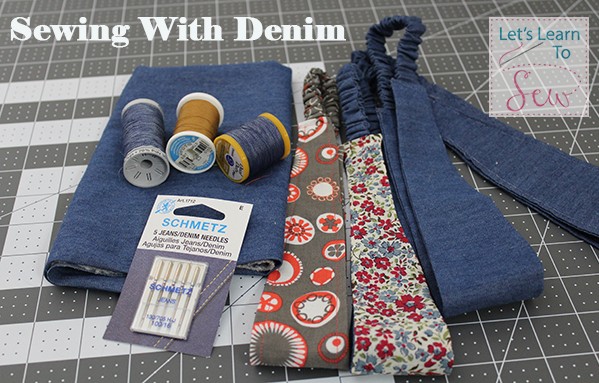
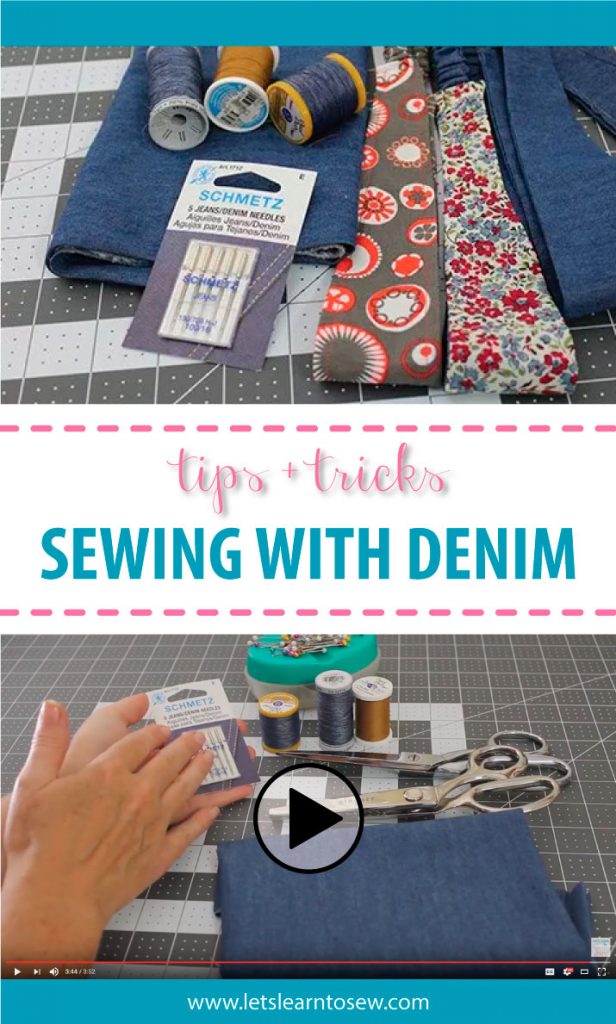

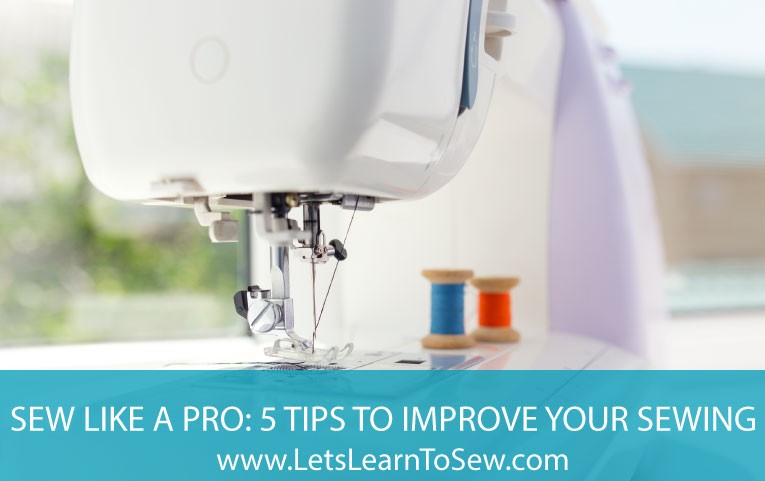


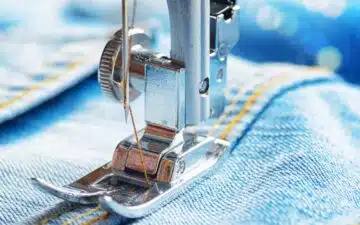
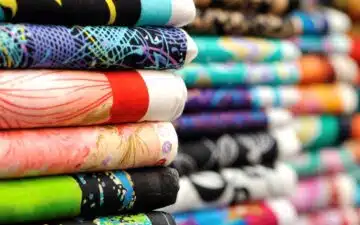
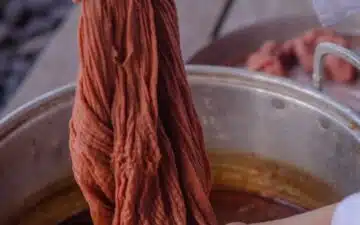
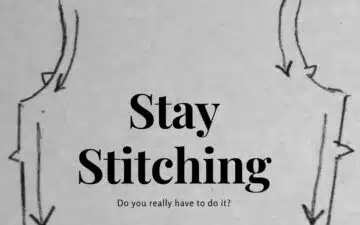
Alexis @ Chemistry Cachet
Awesome tips! This will come in so handy!
Barbara [email protected]
Great tips!! I’m glad to know I can just use a heavier needle instead of having to buy a special denim needle. I am so bad about not using the right needle.